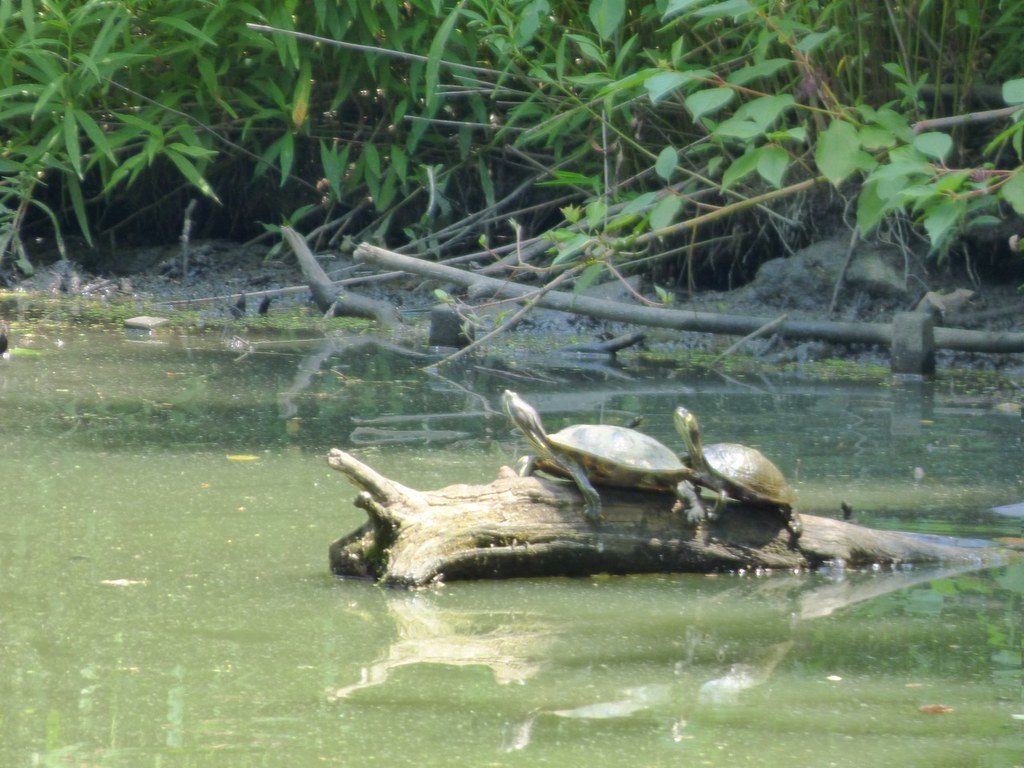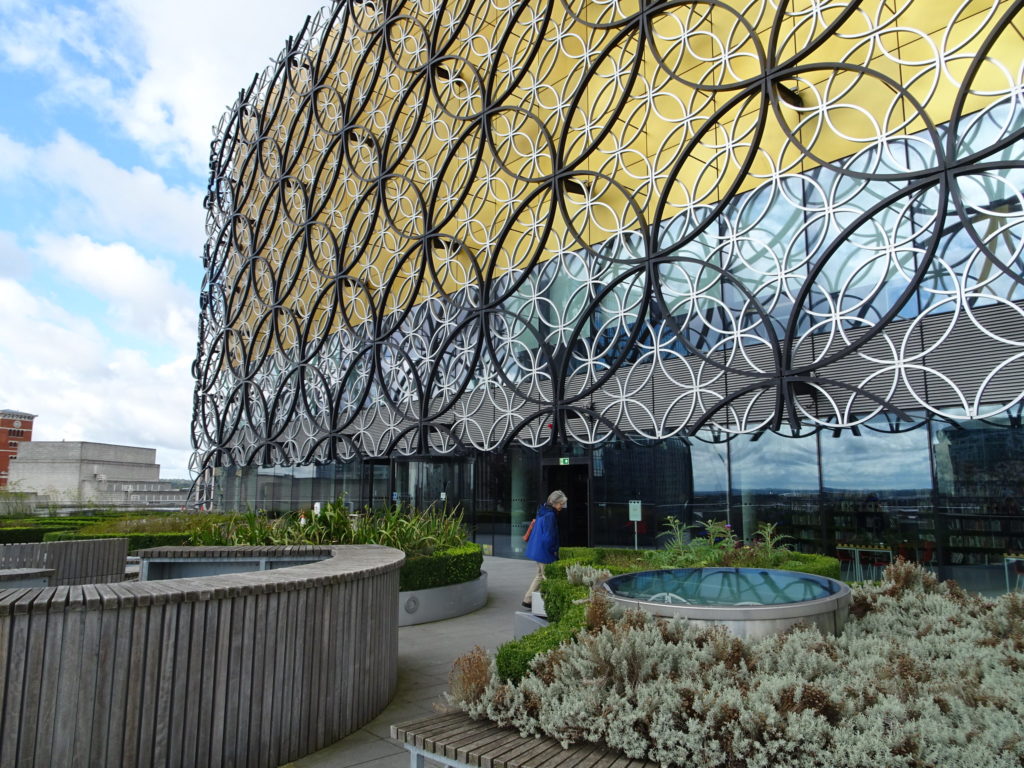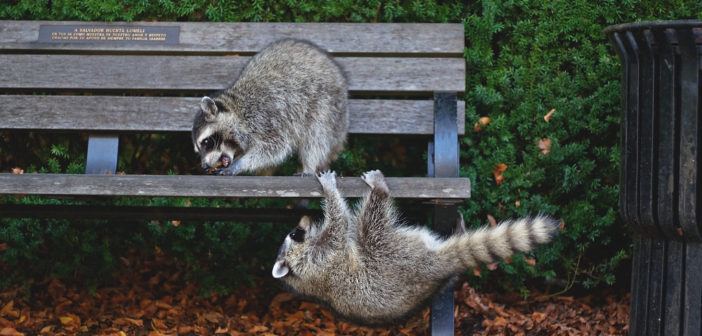Written by Dr. John Hadidian, Virginia Polytechnic Institute and State University, Center for Leadership in Global Sustainability.
By any account these are not good times for wild animals. Global climate change threatens many species (such as polar bears) with rapid habitat changes to which they might not be able to adapt. Poaching threatens many others, including the culturally significant rhinoceros and elephant and the less iconic but even more imperiled pangolin. World fisheries are near a point of collapse from overharvest and unnecessary death awaits many animals entrapped in nets or hooked on long-line rigs as bycatch. Although we have had little information to date on direct human-caused mortality, recent research summarizing more than a thousand studies of 305 radio-collared species finds 28% of all deaths can be directly attributed to human action, 17% of these from hunting.[i]Less measurable, but undoubtedly far more numerous are deaths caused by vehicle collisions, impacts with glass on buildings, entombment and other deaths from land clearing for development, and poisoning by pesticides and other toxicants that humans repeatedly introduce into the environment.
Entire food webs may be unraveling as invertebrate populations collapse, leading, for example, to as much as a 75% decrease in the abundance of flying insects in parts of Europe over just the last three decades.[ii]In 2018, the Living Planet report of the Zoological Society of London and World Wildlife Fund estimated that global wildlife populations have declined by 60 percent in the last forty years.[iii]It is clear that human activities take enormous numbers of animal lives every day, both purposefully and indirectly, everywhere on the Earth. With the human population still spiraling upwards there is every reason to assume this will only get worse. Where can we look for any hope?

Red-eared slider and painted turtle sunning on a log in New York City’s Central Park. Image credit Wolf Gordon Clifton / Animal People, Inc.
One place, and a most unexpected one, is in our cities. Far from being the biological deserts many still think them to be and the Dickensian nightmares they indeed once were, cities are emerging as important “novel ecosystems” [iv]to which many species of wildlife are adapting and within which others already are thriving and finding sanctuary. Cities can be havens for rare and endangered species of animals [v]and serve as focal areas for the emergence of new forms as adaptation to the requirements of urban life drives species evolution [vi].
There is a history to the human experiment in urban living, and it is important. Cities may be first discerned in the archaeological record some 15,000 years ago, and are certainly present by 10,000 BP (before present). Urban centers have grown and multiplied coincident with human population growth. There is a claim that Rome was the first to achieve a population of one million, this coming in the year 100 AD, but city-like concentrations of that size were probably found in China by that time as well. By 1800, London had more than a million residents and, globally, the number of humans reached the billion mark.
Today there are nearly eight billion people on Earth and nearly 40 “megacities” with populations over 15 million. At some point in 2008 more humans came to live in cities than outside them. This event – one of the most significant in human history — came after some 300,000 years during which we (fully modern humans) lived as hunters and gatherers, pastoralists, and agriculturalists. Our entire experience with urban living has been fleeting, and as an urban majority fractionally insignificant. It is easy to conclude, and probably quite right, that we have barely begun to adapt to urban life ourselves.

Shanghai, China, one of the world’s nearly 40 megacities, with populations of over 15 million humans. Image credit Andreas Wecker, CC BY-SA 3.0.
Cities are different things to different people. To the census bureau, a city simply is a matter of density – a set number of people within a certain area. For an urban planner, a city may be visualized as a built environment with a certain infrastructure that meets specific criteria, such as being continually lighted at night. For a landscape ecologist, the city may be a matter of patches of natural areas interspersed within a larger matrix of built as well as ruderal spaces, connected (or not) by corridors. Cities are highly complex phenomena – biologically and socially diverse, structurally variable, highly changeable and dynamic. Importantly, they are planned environments, which means they can deliberately be changed for the better – or worse.
Typically, urban planners struggle with the enormous challenges of transportation, housing, social equality and justice, resource acquisition and waste disposal, leaving them little time and few resources to dedicate for planning of open space, parks, and the ecological mosaics embedded within the urban matrix. This is not to say that we haven’t been inspired to create better cities by incorporating nature and natural values within the urban plan, as evidenced by initiatives such as the Garden City and City Beautiful movements of the late nineteenth and early twentieth centuries, Ian McHarg’s “Design with Nature” landscape concept or Holly Whyte’s more recent “Humane Metropolis.” In fact, the conversation about making cities more livable by incorporating nature has been an important element of urban design and planning, if not always executed as well as it might be.
A contemporary re-articulation and vision of the livable cities concept can be found in the Biophilic Cities program [vii]. Biophilic Cities draws on the idea promoted by E.O. Wilson and Stephen Kellert that humans have an innate love of and connection to the natural world, which they termed biophilia.[viii]Simply put, being in contact with nature improves our well-being.[ix]Since cities, above all, are planned environments, it is always possible to design for nature, whether as a pocket park, a green roof, a bio-corridor or simply a residential yard dedicated to naturalistic planting. The possibilities are literally endless and arrange themselves from the scale of a single group of milkweed plants placed in an alley or a Lantana plant hung on a balcony to attract and nourish passing butterflies, to a regional landscaping scheme that maximizes natural contours to mitigate large-scale environmental impacts, such as floods. Even the use of buildings themselves in enhancing nature has been recognized, as demonstrated by a new school of architectural planning that focuses on biophilic design.[x]

Hanuman langurs and elephants in an Indian city. Like all cities, this is far from the human-only environment it is often imagined to be. Image credit Kim Bartlett / Animal People, Inc.
Beyond the misconception that they are biological deserts, there is a generally held opinion about cities that they are places where humanity properly dominates nature, having conquered the unpleasant vagaries of the natural world to live in superiority above and beyond natural order. This is anthropocentric thinking, part of a set of attitudes and beliefs that undoubtedly contributed in the past to our survival and success, but whose value in today’s world is increasingly being questioned as appropriate. Still, it remains difficult for many people to accept the presence of wildlife in “their” space. Urban “pests” ranging from pigeons congregating on streets, raccoons denning in chimneys, or baboons breaking into people’s homes in Cape Town, South Africa, generate calls for control that in too many instances involves killing. Even the sight of a red fox at dusk crossing through a back yard can lead to a demand that animal control agents trap and remove the animal to their “natural” habitat in a far-away woods.
Surveys have long demonstrated that urbanites score higher on welfare scales than their rural counterparts, but that they may restrict their concerns to pets or only favored wildlife, such as the birds that visit their backyard feeders. The humane ethic is amplified by positive contacts with wild animals, something that we recognize as very important for children who, after all, live in a largely experiential world. In fact, concern for the loss of contact with the natural world has been given its own branding as a “nature deficit disorder.”[xi]The values acquired by direct contact and in each and every instance where human-wildlife conflicts in cities are resolved humanely can translate into a protection and conservation ethic that applies well beyond the urban boundary. After all, it is the urban majority who will be making decisions into the future about protection and conservation of wild animals and the environments that sustain them everywhere.

A rooftop garden in Birmingham, United Kingdom, which has been named a biophilic city and has declared its intent to be the United Kingdom’s first “natural capital city.” Image credit Sharon VanderKaay, CC BY-SA 3.0.
Cities will certainly be the most important human habitat going into the foreseeable future, and it is crucial to our well-being, the well-being of other living things and the well-being of the land that we get them right. The great challenge we face is to be able to control the development of our cities in the face of a rapidly growing population whose demands can swamp our ability to include nature in our lives. It is essential to understand that our well-being is tied to a connection to nature and that nature in the city is not an amenity but a necessity. Robert Dorney was an early voice in urban planning as well as a pioneer in the emerging discipline of environmental management, who put this concisely by framing an ethical triad to guide urban design: reverence for land, life and diversity. Certainly, a good prescription for looking to the future.
[i]This study is recently published: Hill, J.E., T.E. DeVault & J. L. Belant. (2019). Cause‐specific mortality of the world’s terrestrial vertebrates. Global Ecology & Biogeography (2019), https://doi.org/10.1111/geb.12881 [ii]This story is covered in a NY Times Magazine story “The Insect Apocalypse is Here,” by Brooke Jarvis (11/27/18) that can be retrieved from: https://www.nytimes.com/2018/11/27/magazine/insect-apocalypse.html. A more technical review is available in: Sánchez-Bayo, F., & Wyckhuys, K. A. G. (2019). Worldwide decline of the entomofauna: A review of its drivers. Biological Conservation, 232, 8-27. [iii]World Wildlife Fund. (2018). Living Planet Report. https://wwf.panda.org/knowledge_hub/all_publications/living_planet_report_2018/ [iv]A “novel” ecosystem is one that is created and influenced by human activities. A good review article is:Evers, C. R., et al. (2018). The ecosystem services and biodiversity of novel ecosystems: A literature review. Global Ecology and Conservation, 13, e00362. doi:https://doi.org/10.1016/j.gecco.2017.e00362
[v]See, for example, Ives et al. (2016). Cities are hotspots for threatened species. Global Ecology and Biogeography, 25(1), 117-126. doi:10.1111/geb.12404 [vi]A number of technical articles can be found online by searching for urban evolution in Google Scholar. A very readable and comprehensive treatment of evolution cities is also to be found in Menno Schilthuizen’s 2018 book Darwin Comes to Town (NY: Picador). [vii]The Biophilic Cities initiatives is spearheaded by professor Tim Beatley of the University of Virginia. His 2010 book Biophilic Cities (Washington: Island Press) is a good reference, as well as the Biophilic Cities website, biophiliccities.org. [viii]Kellert, Stephen & E.O. Wilson. (1993). The Biophilia Hypothesis. Washington: Island Press. [ix]There is a considerable literature that addresses this subject. A good review is: Brown, C., & Grant, M. (2005). Biodiversity and human health: What role for nature in healthy urban planning? Built Environment, 31(4), 326-338. [x]The many components of which are nicely summarized in: Kellert, S. R., Heerwagen, J. H., & Mador, M. L. (eds.) (2008). Biophilic Design: The theory, science and practice of bringing buildings to life. Hoboken, New Jersey: John Wiley & Sons. [xi]Louv, R. (2008). Last Child in the Woods. New York, New York: Algonquin Books of Chapel Hill.Featured image: a pair of raccoons in a park in the city of Vancouver, British Columbia. Image credit S J, CC BY-SA 3.0.





